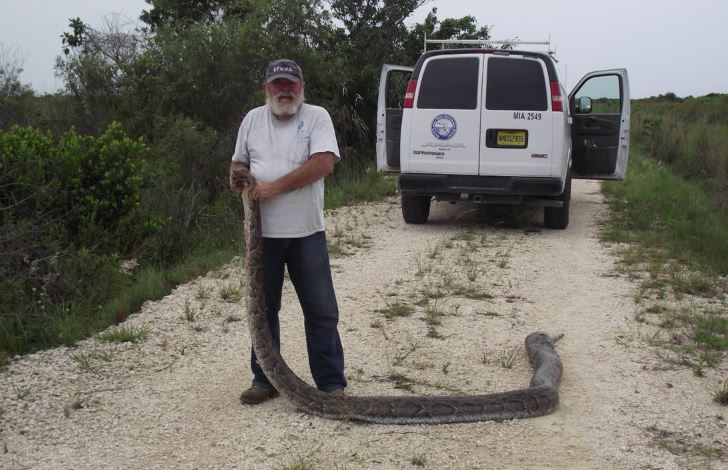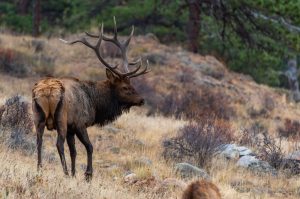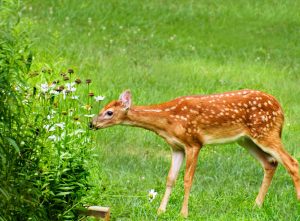The impact of non-native species such as Burmese pythons in the Florida Everglades has long been studied and discussed and a recent find has once again turned the public attention to the impact these carnivorous reptiles have on the eco-system.
The snake was originally found back in June of 2013 by snake-wrangler Bobby Hill of the South Florida Water Management District. What he caught was a 14-foot female python with an extremely engorged mid-section located inside Everglades National Park.
After removing the snake from the park, a necropsy was performed that revealed an insanely large amount of fecal matter in the snake’s large intestine – hence the animal’s bloated mid-section. After careful observation of the fecal matter, researchers found bone, teeth and hooves from within the fecal matter and later came to the conclusion that the snake had consumed three white-tailed deer.
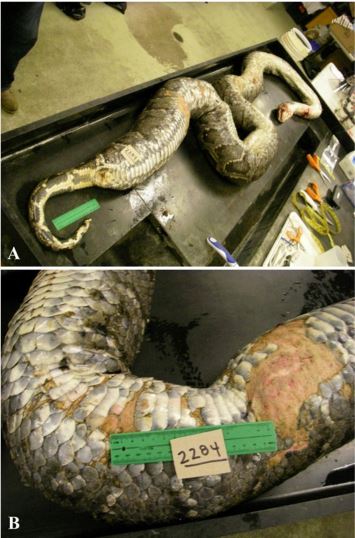
While it is estimated that the snake likely consumed the three animals, with a collective weight of about 160 lbs, over a 90 day period, lead author and Dickinson College herpetologist Scott Boback is unquestionably concerned.
“What I think is going on is the pythons are completely monopolizing the biomass in the Everglades,” he told The Spokesman Review. “They’re taking all that stuff that’s out there and just making it more pythons.”
This marks the first reported incident of an invasive Burmese python found with multiple white-tailed deer inside its gut.
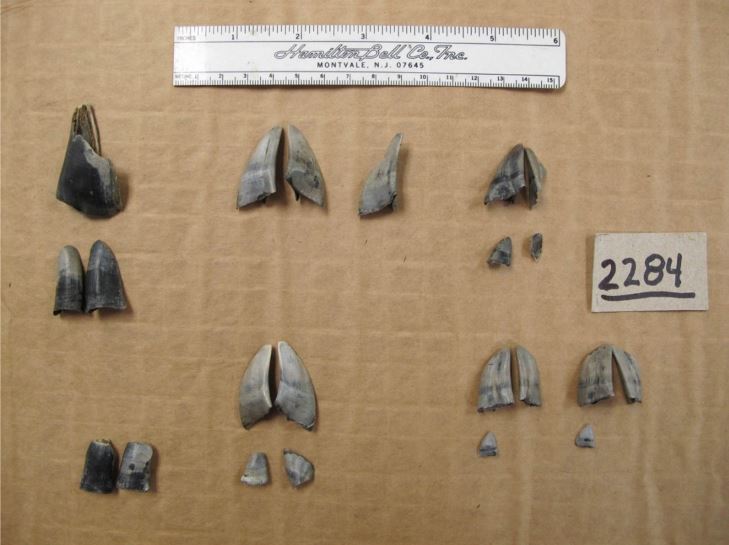
Research from within Everglades National Park is quickly piling up and indicating the extremely negative effect these large snakes are having on the South Florida eco-system. With Florida’s largest native snake species unable to wrangle large mammals such as white-tailed deer, large pythons such as the one captured are quickly moving their way to the top of the food chain.
Feasting on small mammals such as raccoons, opossums, bobcats and rabbits and even dining on large predators such as the American Alligator, these snakes have now proven their ability to consume more than one deer within a short period of time.
“What does that mean for the rest of the population out there? They could be doing the same thing and likely are,” Boback said. “We’ve seen pythons eating deer but the problem is we have only found a couple and now we have one of them that ate three.”

